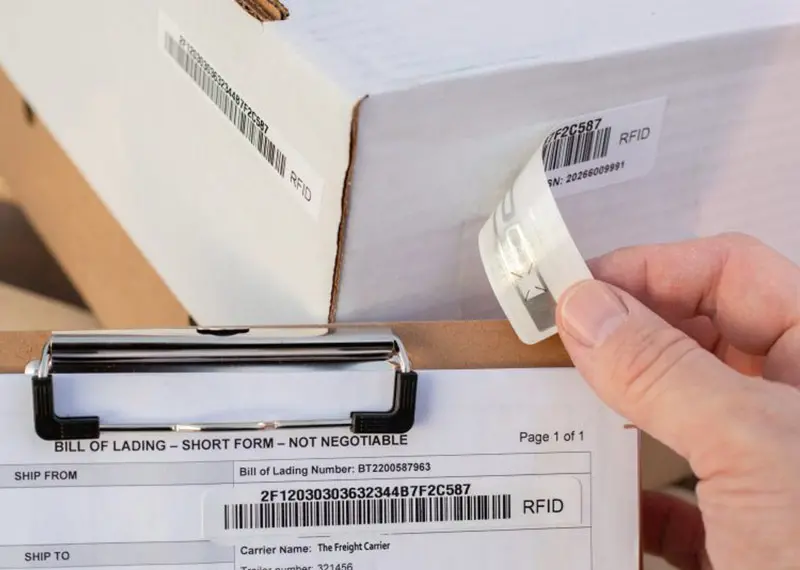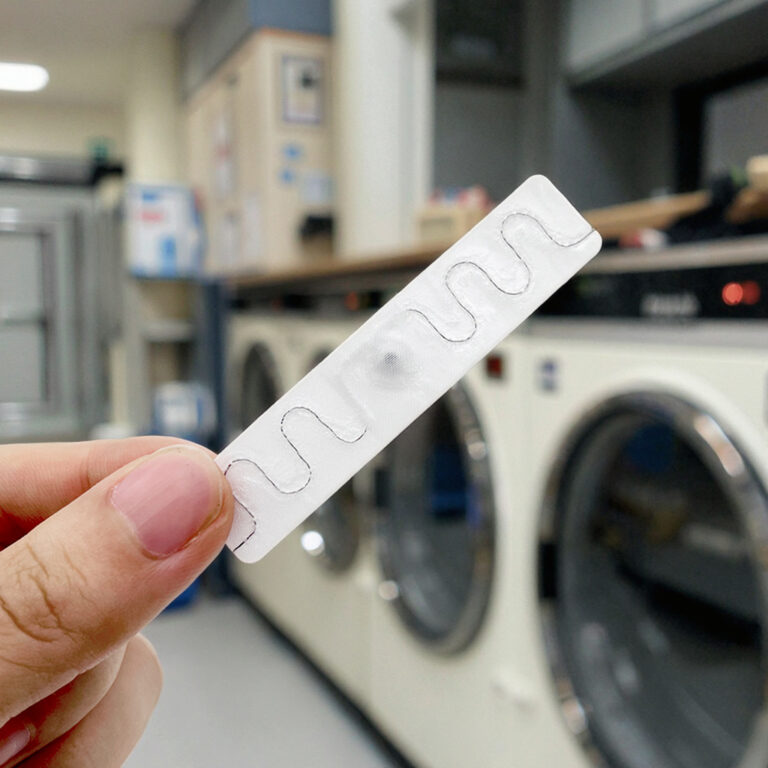If you’re considering implementing Radio-Frequency Identification (RFID) technology in your business, it’s important to understand how to get the most out of this powerful tool. RFID uses radio waves to communicate between a reader and a tag, allowing for the automatic identification and tracking of items without the need for direct line-of-sight or manual scanning. In this article, we’ll explore some best practices for maximizing the benefits of RFID in your business.
Choose the right RFID system for your needs
There are many different RFID systems available, ranging from simple, low-cost solutions to complex, high-end systems. It’s important to choose the right system for your business based on your specific needs and goals. Consider factors such as the type and size of the items you need to track, the distance at which you need to read the tags, and the environment in which the system will be used.

Properly integrate RFID into your existing processes
To get the most out of RFID, it’s important to properly integrate the technology into your existing processes. This may require some redesign of your processes to take full advantage of the capabilities of RFID. It’s also important to consider how RFID fits into your overall technology strategy and to ensure that it is compatible with your other systems.
Train your employees on how to use RFID effectively
To fully realize the benefits of RFID, it’s important to ensure that your employees are properly trained on how to use the technology. This includes training on how to use the RFID readers and how to properly attach and maintain the tags. It’s also important to educate employees on the capabilities and limitations of RFID and how it can be used to improve efficiency in their daily tasks.
Invest in high-quality RFID tags
The quality of your RFID tags can have a significant impact on the performance of your RFID system. Poor-quality tags may not function properly or may have a shorter lifespan, leading to increased costs and downtime. Investing in high-quality tags can help ensure that your RFID system is reliable and cost-effective in the long run.

Regularly maintain and upgrade your RFID system
Like any other technology, RFID systems require regular maintenance and upgrades to ensure optimal performance. This may include replacing worn or damaged tags, upgrading software, and calibrating readers. By regularly maintaining and upgrading your RFID system, you can ensure that it continues to function at its best and delivers maximum benefits to your business.
In conclusion, RFID technology has the potential to greatly improve efficiency and accuracy in a variety of industries. By properly choosing, integrating, training, and maintaining your RFID system, you can maximize the benefits of this powerful tool and drive business success.
“Understanding the Basics of RFID Technology: A Comprehensive Guide”
Radio-Frequency Identification (RFID) technology has been around for decades, but it has only recently gained widespread adoption in a variety of industries. RFID uses radio waves to communicate between a reader and a tag, which can be attached to an object or incorporated into a product. This allows for the automatic identification and tracking of items without the need for direct line-of-sight or manual scanning.
In this article, we’ll delve into the basics of RFID technology and how it works. We’ll also explore some of the key benefits and limitations of using RFID, and discuss some common applications of RFID in different sectors.
Xinye has a deep understanding of the use of RFID smart cards and RFID tags in various application scenarios and can provide design ideas, production services, and technical support for smart cards and RFID tags in various industries. If your enterprise is looking for RFID products, you can also visit our website https://www.xinyerfid.com/.





